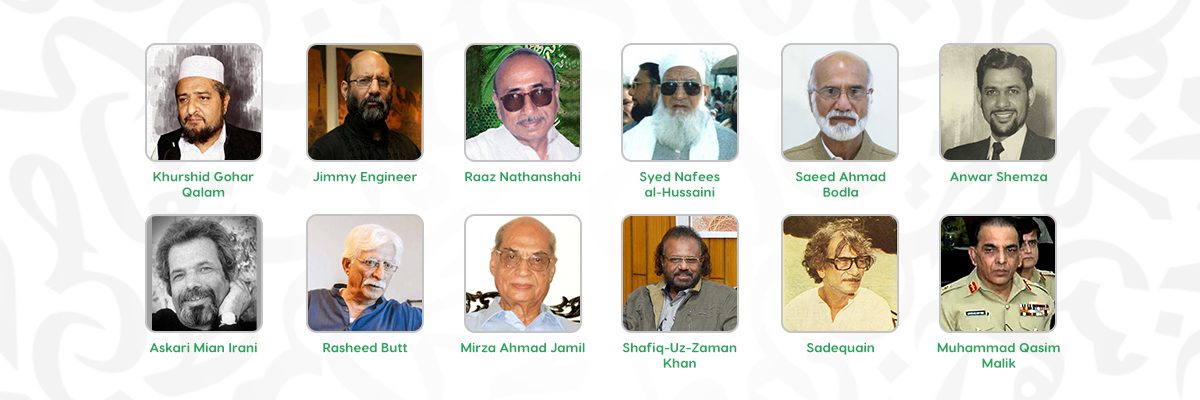Urdu calligraphy is more than just an art of writing; it is a way of bringing your words to life in a holistic way. Urdu script emerged in the Mughal era in the subcontinent and came into existence from blending Arabic and Persian calligraphy. Famous calligraphers like Mirza Abdullah Shafi and Noor-ud-Din Ansari carefully refined the Nastaliq and Naskh styles, giving them a unique elegance and grace. For centuries now, more and more enthusiastic calligraphers, with their own unique sense of art, have added more to its riches while clinging to its traditional heritage. Art has no bounds; with the deep, rich roots of traditional scripting languages, these names have given us a new and refined form of calligraphy. These Urdu calligraphic artists use innovative techniques and themes to depict social issues, personal narratives, and modern perspectives. Today, we are going to talk about these esteemed Urdu Calligraphers who provided the new basis for modern Calligraphy. Learn more about 8 notable Urdu Font Designers, who revive Urdu digitally.
12 Urdu Calligraphers Who are Praised for their Work
Here, we have curated the list of the best Urdu calligraphers who have shaped the way of modern calligraphy with their innovative techniques and stylistic approaches.
| Sr. | Name | Contribution / Work |
|---|---|---|
| 1 | Muhammad Qasim Malik | Military officer and calligrapher, held two exhibitions |
| 2 | Sadequain | Renowned artist known for his expressive works incorporating calligraphy |
| 3 | Shafiq-Uz-Zaman Khan | Famous calligrapher and head of restoring art at Masjid an-Nabawi, known for Arabic calligraphy |
| 4 | Mirza Ahmad Jamil | Developed the Noori style of Nastaliq script |
| 5 | Rasheed Butt | Active since 1961, worked in various styles including Qur’anic and hadith texts |
| 6 | Askari Mian Irani | Painter, also known for his stamp designs |
| 7 | Anwar Shemza | Artist and writer, explored calligraphy despite being better known for painting |
| 8 | Saeed Ahmad Bodla | Artist and calligrapher |
| 9 | Syed Nafees al-Hussaini | Calligrapher, Islamic scholar, poet, and spiritual figure |
| 10 | Khurshid Gohar Qalam | Author of 18 calligraphy books, works displayed in prestigious museums |
| 11 | Raaz Nathanshahi | Artist, calligrapher, writer, and poet |
| 12 | Jimmy Engineer | Artist, social worker, philanthropist, and stamp designer |
Muhammad Qasim Malik
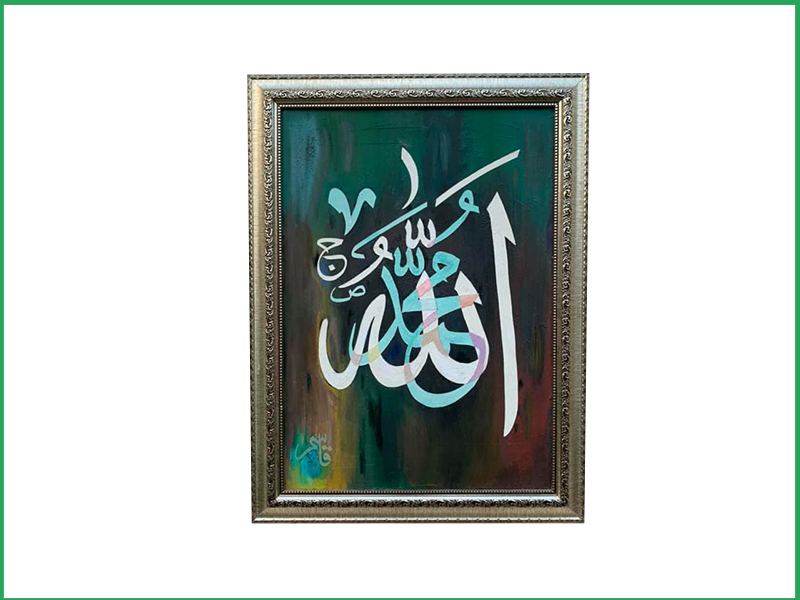
Col Qasim Malik born in 1957, is a Pakistani soldier and talented calligrapher who has held two successful calligraphy exhibitions in Islamabad. Even though he had no formal training in calligraphy, he started off with oil paintings and eventually mastered in scenic paintings considered masterpieces. He then shifted his focus to calligraphy and became known for producing modern masterpieces on hardboard with oil paints, especially verses from the Quran in Khat-e-Suls. His unique painting style has impressed many artists and calligraphers and motivated them to pursue his legacy of combining modern techniques with traditional Muslim art. Col Qasim’s method of painting, where he first paints the background and then adds Quranic verses, shows his modern approach to calligraphy. His exhibitions have been inaugurated by dignitaries like Pervez Musharraf, and his work has even been featured in the Faisal Mosque. Despite not pursuing art full-time, Col Qasim is recognized as one of Pakistan’s finest calligraphers.
| Category | Information |
| Name | Colonel Muhammad Qasim Malik S.I.(M) |
| Nationality | Pakistani |
| Occupation | Military & Calligrapher |
| Notable Events | Held two calligraphy exhibitions, first inaugurated by Pervez Musharraf |
Sadequain
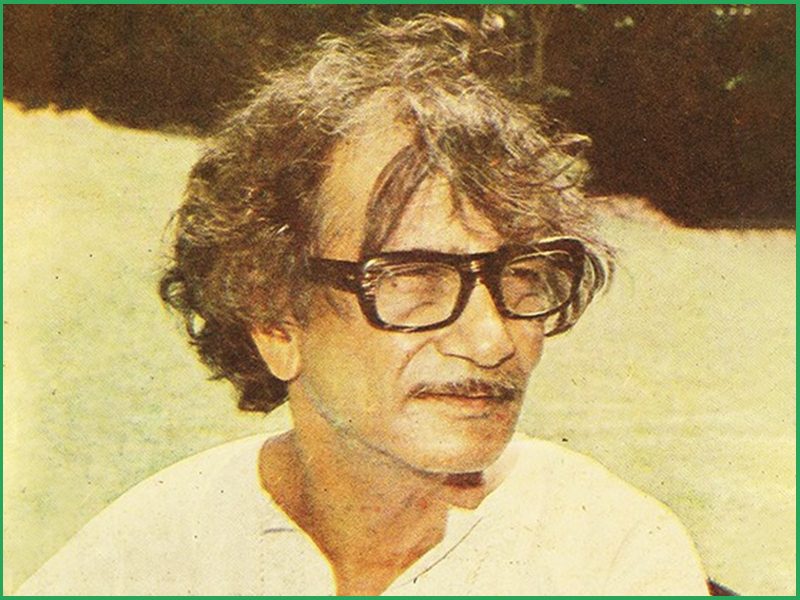
Syed Sadequain Ahmed Naqvi, also known as Sadequain Naqqash, was a talented Pakistani artist and poet. His main focus was calligraphy and painting. He is highly regarded in Pakistan for his exceptional skills, having created around 15000 paintings and receiving all four civilian awards from the country. His calligraphic style was amazing and part of the broader Islamic art movement of the 1950s known as the Hurufiyya movement, where artists combined traditional calligraphy with contemporary art. Sadequain’s work transformed calligraphy into a mainstream art form in Pakistan, influencing many modern-time artists who followed in his footsteps. He painted classical literature and illustrated works by many writers such as Albert Camus. He perfectly showed his blend of realism and lyricism through his art. Sadequain was known for his large-scale murals in public buildings as a symbol of the collective labor of humanity. Sometimes, he also gave away his art to his admirers and charities. He saw himself as more than an artist but someone who have the ability to paint the hidden depths of life and society.
| Category | Information |
| Name | Syed Sadequain Ahmed Naqvi |
| Dates | 1930 – 1987 |
| Nationality | Pakistani |
| Occupation | Artist |
| Titles | Tamgha-e-Imtiaz, Pride of Performance, Sitara-e-Imtiaz |
| Style | Known for expressive works incorporating calligraphy |
Shafiq-Uz-Zaman Khan
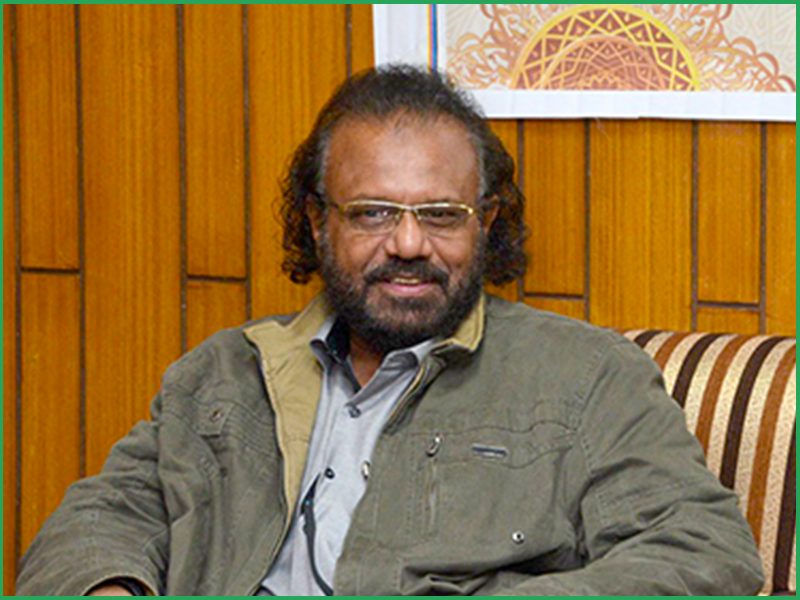
Ustad Shafiq-Uz-Zaman Khan is a well-known Pakistani Urdu calligraphic artist, recognized for his restoring art at Masjid an-Nabawi. He was the head of this project at the holiest Muslim site in the world. He was born on 2nd of November 1956 in Rawalpindi; however, his upbringing was in Karachi, Pakistan. His art and work style are inspired by a renowned Turkish calligrapher, Hamid Aytaç. He won many prizes and accolades for his intense and highly expressive calligraphy. He won first prize in the First International Arabic Calligraphy Competition held in 2012. His art is widely recognized by the locals which led him to collect Pride of Performance in Pakistan in 2014. This is one of the highly respected awards in Pakistan. He was not only recognized on the National level but also brought pride to his Nation on the international level. Shafiq-Uz-Zaman Khan also won 1st prize in the First International Arabic Calligraphy Competition which was organized in Makkah, Saudi Arabia. He is famous for Arabic calligraphy Thuluth.
| Category | Information |
| Name | Ustad Shafiq-Uz-Zaman Khan |
| Nationality | Pakistani |
| Occupation | Calligrapher |
| Notable Position | Head of restoring art at Masjid an-Nabawi |
| Style | Famous for Arabic calligraphy |
Mirza Ahmad Jamil – One of the famous Urdu Calligraphic Artist
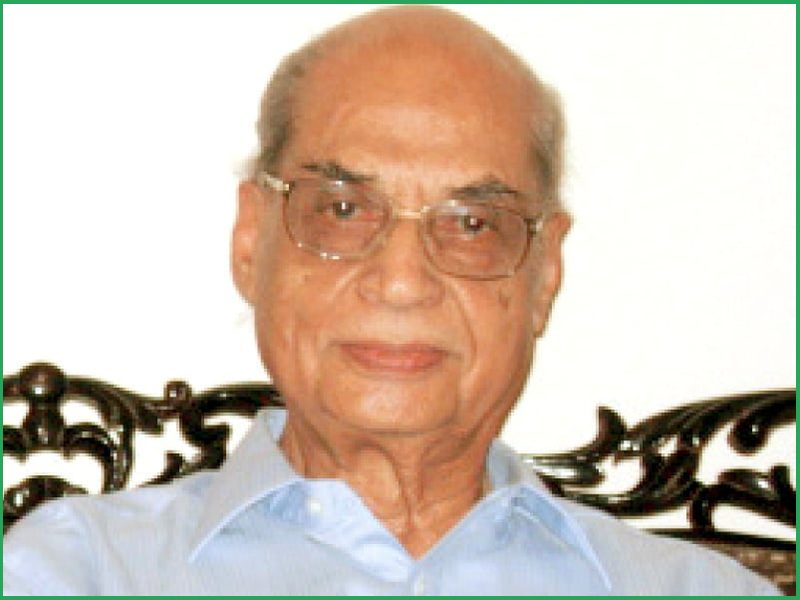
Another celebrated Pakistani calligrapher, Ahmad Mirza Jamil, is best remembered for his creation of the Noori style of Nastaliq, a significant milestone in Urdu typography. Born on February 21, 1921, in Karachi, Pakistan, Jamil introduced the Noori Nastaliq font as a digital typeface in 1981, changing the norms in Urdu composing. His groundbreaking work earned him prestigious awards, including the Tamgha-e-Imtiaz from the Government of Pakistan in 1982. In his book “Revolution in Urdu Composing,” he expressed his modern ideas about a future where Urdu authors can create and print their books swiftly and easily, free from the constraints of traditional calligraphy, without relying on manual calligraphers. His artistic efforts and contributions made him worthy of getting an honorary Doctor of Letters degree from the University of Karachi. He passed away on February 17, 2014, leaving behind a lasting legacy in Urdu, not in Urdu calligraphy but also in typography.
| Category | Information |
| Name | Ahmad Mirza Jamil |
| Dates | 1921 – 2014 |
| Nationality | Pakistani |
| Occupation | Artist & Calligrapher |
| Style | Developed and known for the Noori style of Nastaliq script |
| Legacy | Recognized for his unique script contribution |
Rasheed Butt
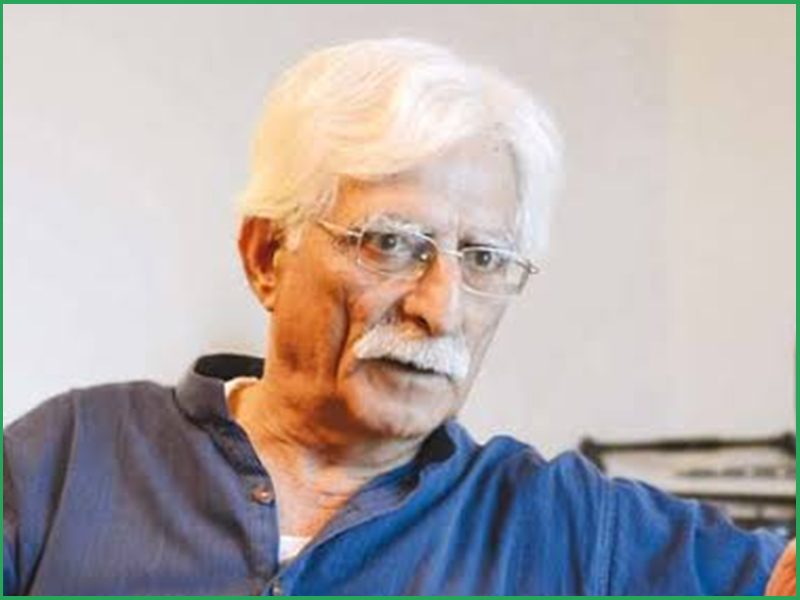
Rasheed Butt, a Pakistani calligrapher, was born in 1944. He has worked in different calligraphic styles since 1961 incorporating copies of texts from the hadith, the Qur’an, traditional prayers and invocations, as well as poetry. Rasheed Butt likewise originated Hilya calligraphy. Furthermore, his ancestors are from the Kashmiri family. The calligraphy artist began his career at a newspaper as a calligrapher. In the year 1967, Rasheed devoted completely to the craft as he trained under Hafiz Yousuf Sadidi and Khwaja Mahmood Akhtar. In 1989, he got the award for the Pride of Performance. The calligrapher has extensively represented locally as well as internationally. You can find his best pieces in many private collections, museums, and monuments comprising Al-Furqan Foundation (UK), Mecca Gate, Saudi Arabia, and the Pakistani Senate. Additionally, his name is mentioned in one of those existing Islamic calligraphers whose pieces have been sold through London Christie’s.
| Category | Information |
| Name | Rasheed Butt |
| Date of Birth | 1944 |
| Nationality | Pakistani |
| Occupation | Calligrapher |
| Active Since | 1961 |
| Style | Works in various styles, including Quranic & Hadith texts |
Askari Mian Irani – A Prestigious Urdu Calligraphic Artist
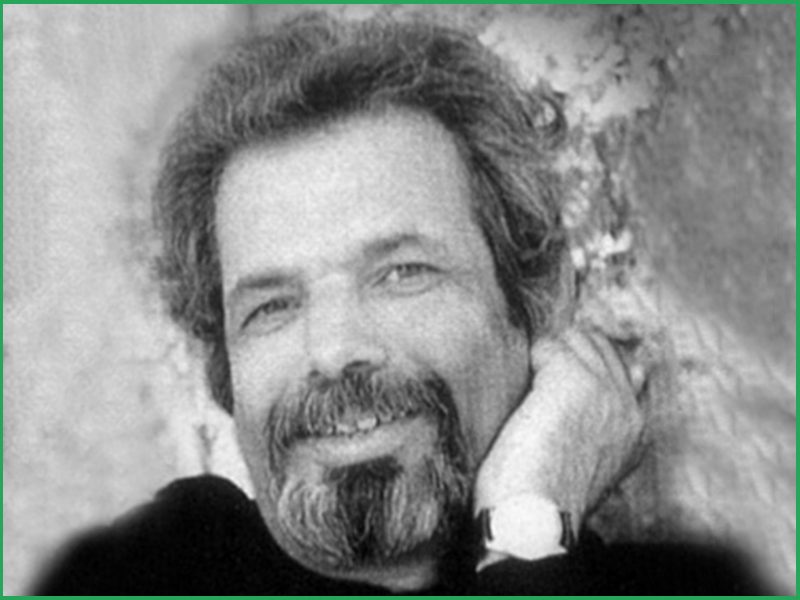
Next prestigious name in our list is Askari Mian Irani, he was a Pakistani Urdu calligraphic artist and painter born in 1940 and died in 2004. Askari Mian Irani completed his diploma in Commercial Design in 1967 from the NCA (National College of Arts), previously known as Mayo School of Arts, Lahore. Until 1976, the artist worked in the advertising business; however, he became confused with his job after some time. That’s when he made a decision to return to his 1st passion and love, expressive arts. Irani believed in the influence of art to bring individuals together. From 1976 to 1999, he was a part of the NCA (National College of Arts) faculty. Askari Mian Irani represented in more than 20 group and solo shows. Furthermore, the painter and calligrapher made two stamps in 1981 (85 paisas and 40 paisas) of the 3rd OIC (Organization of the Islamic Conference) issue. In 2002, this talented artist received an award from the President of Pakistan – the Pride of Performance Award.
| Category | Information |
| Name | Askari Mian Irani |
| Dates | 1940 – 2004 |
| Nationality | Pakistani |
| Occupation | Painter |
| Notable Awards | Pride of Performance |
Anwar Shemza
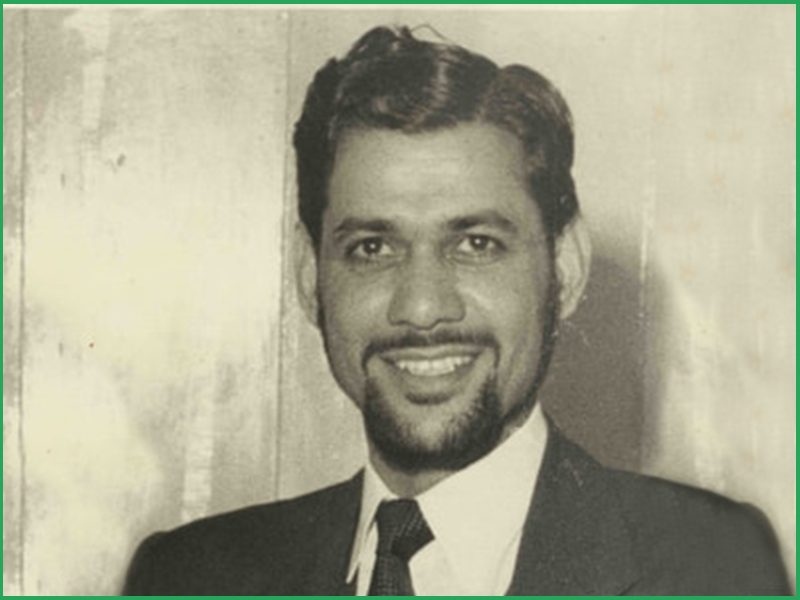
Anwar Jalal Shemza (1928–1985) was a world-renowned British Pakistani painter, known for his distinctive artistic style that seamlessly blended Western ideas of abstraction with Eastern influences, including Islamic architecture and calligraphy. Born in Simla in 1928 and passing away in Stafford in 1985, Shemza’s work gained greater recognition after his death, particularly through the pioneering exhibition “The Other Story” held at the Hayward Gallery in 1989. His painting “The Wall” even graced the cover of the exhibition catalog. Beyond his artistic endeavors, Anwar Jalal Shemza was a multifaceted creative who had done some literary work too. In the 1950s, he published several Urdu novels, authored books of poetry, and even wrote plays performed on Radio Pakistan. His paintings can be found in prestigious public collections, including the Tate, British Museum, Metropolitan Museum, Guggenheim Abu Dhabi, Sharjah Art Foundation, and M+ Museum in Hong Kong.
| Category | Information |
| Name | Anwar Jalal Shemza |
| Dates | 1928 – 1985 |
| Nationality | Pakistani |
| Occupation | Artist & Writer |
| Additional Information | Primarily known as a painter, also explored calligraphy |
Saeed Ahmad Bodla
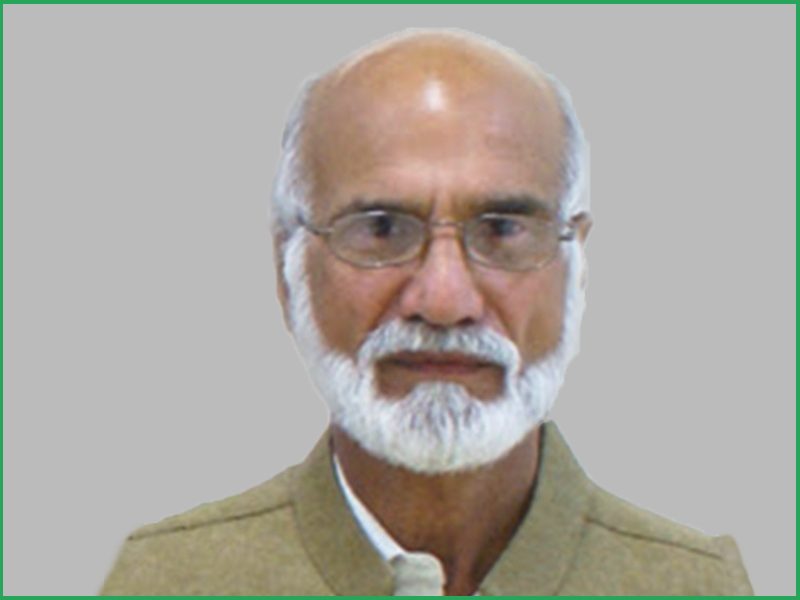
A well-known Pakistani artist Saeed Ahmad Bodla, is especially recognized for his expertise in artistic calligraphy. Born on January 5, 1944, he received his early education in Arifwala and completed his secondary education at Govt College Sahiwal. Although his father was not a fan of him pursuing art studies, Bodla promised to dedicate his skills to calligraphy, a promise he has fulfilled over the years. He studied Fine Arts Graphic Design at Punjab University’s Fine Arts Department under the guidance of renowned professors.
Bodla has been doing Islamic Calligraphy for a long time, producing works such as Quranic verses, Bannai or Sqaure kufic, prayers, and the names of the Prophet in various media and scripts. His galleries have been featured in numerous educational institutions. Bodla’s talent and dedication to calligraphy made him one of the finest painters and calligraphers of Pakistan.
| Category | Information |
| Name | Saeed Ahmad Bodla |
| Nationality | Pakistani |
| Occupation | Artist & Calligrapher |
Sayed Nafees al-Hussaini – Urdu Calligrapher Who Invented Nafees Nastaliq Script
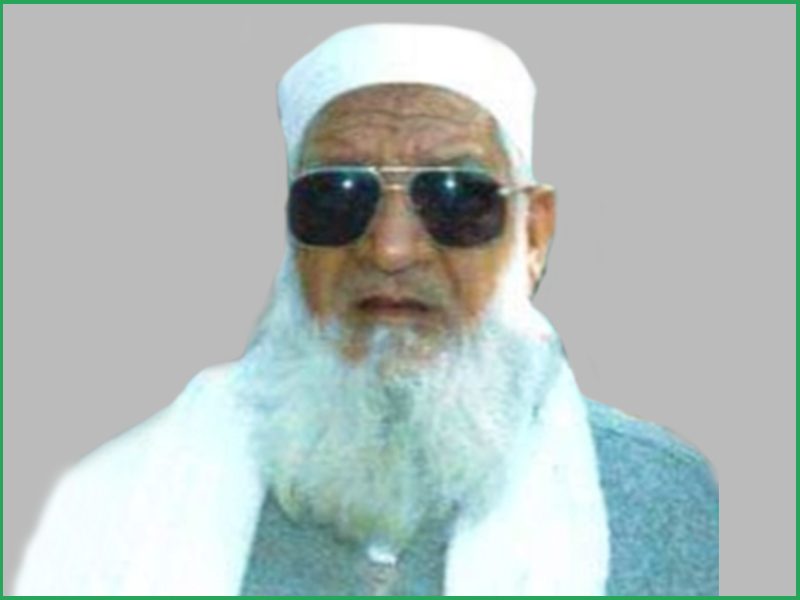
Sayed Nafees al-Hussaini was another renowned Urdu calligraphic artist, Islamic scholar, poet, and spiritual figure who was born on March 11, 1933, in Sialkot. His original name was Anwar Hussain, but he became known as Nafees Al-Husseini Shah in the Islamic world. He received his early education in Bhopalwala and later studied up to FA in Faisalabad. Nafees al-Hussaini started his calligraphy career in 1948, inheriting the art from his father. He became an expert in various scripts and even invented a script in Nastaliq called “Nafees Nastaliq.” Throughout his career, he received different awards and accolades, including the Pride of Performance and Sitara-i-Imtiaz. He passed away on February 5, 2008, in Lahore and was buried in the graveyard of Khanqah Syed Ahmed Shaheed. Thousands of people attended his funeral prayers at Badshahi Masjid Lahore.
| Category | Information |
| Name | Syed Nafees al-Hussaini |
| Dates | 1933 – 2008 |
| Nationality | Pakistani |
| Occupation | Calligrapher, Islamic Scholar, Poet, Spiritual Figure |
Khurshid Gohar Qalam
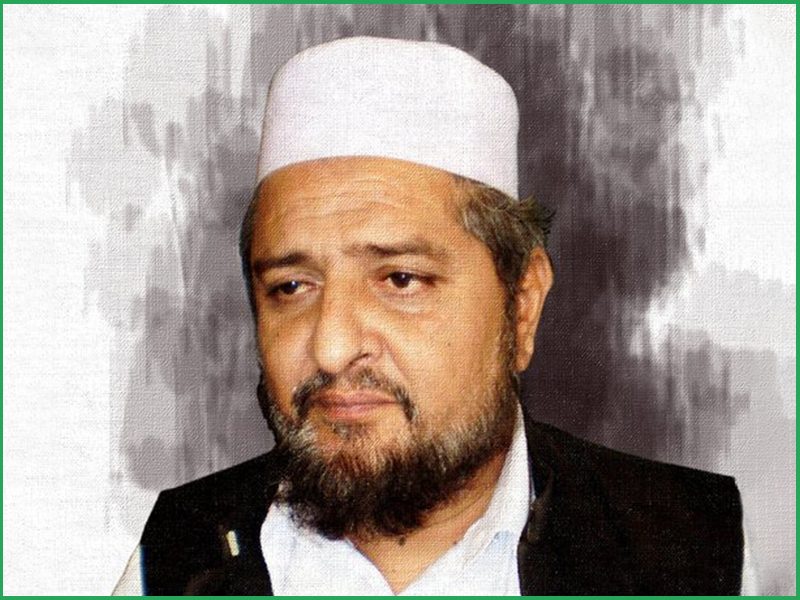
Khurshid Gohar Qalam was a renowned Pakistani calligrapher who authored 18 books of calligraphy. He was considered and still is one of the best Urdu calligraphic artists. His work is displayed in world-famous museums such as the British Museum in London, the Ashmolean Museum in Oxford, and the Moscow museum. He was born in Sargodha in 1956 and passed away in Lahore in December 2020. Gohar Qalam studied under the late calligraphy master Hafiz Muhammad Yousaf Sadidi. He was given the title of Gohar Galam by other calligraphy masters. His major works include a copy of the Quran at the Faisal Mosque in Islamabad and calligraphy in important public places like the Data Ganj Baksh shrine in Lahore. He is skilled in different styles of calligraphy, such as Lahori Nastaleeq, Thuluth Kufic, and English Gothic. Gohar Qalam received several awards throughout his career, including the Pride of Performance in 1991. He authored many books like Jawahir-al-Galam, Ajaib-ul-Quran, and Naqash-e-Gohar, showcasing his talent and mastery in calligraphy. He is skilled in different styles of calligraphy especially Kufic.
| Category | Information |
| Name | Khurshid Gohar Qalam |
| Nationality | Pakistani |
| Occupation | Calligrapher |
| Notable Works | Author of 18 calligraphy books, works displayed in prestigious museums |
Raaz Nathanshahi
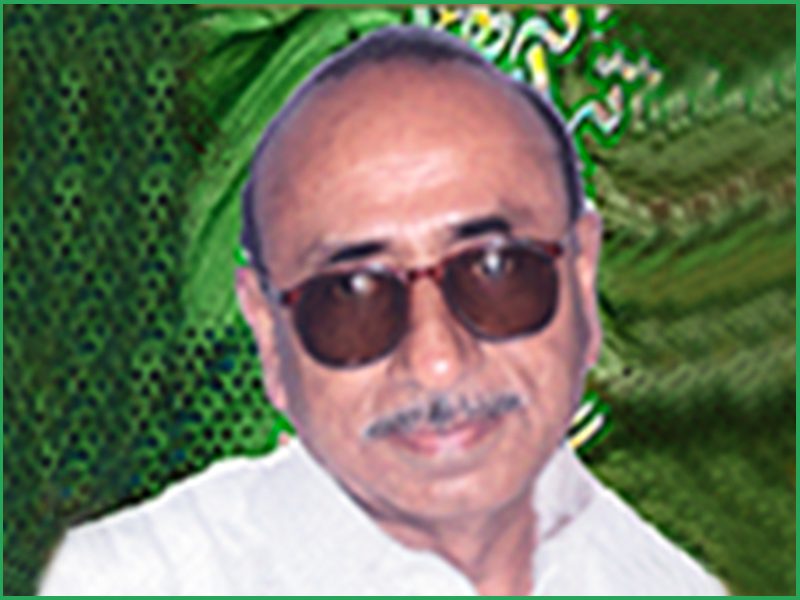
Raaz Nathan Shahi, who was born on 7th of August in 1947, is a Pakistani Urdu calligraphic artist, writer, esteemed calligrapher, and poet. His real name is Ali Sher Merani, while Noor Muhammad Merani is his father’s name. He was born in the small town of Khairpur Nathan Shah in Dadu District, Sindh, Pakistan. He has a decorated career as an artist. Raaz illustrated the poetry and prose of famous Sindhi mystic poet Shah Abdul Latif Bhittai in scenic calligraphy in Urdu as well as Sindhi. Nathanshahi’s work led him to the media industry, where he worked at the Pakistan Television Corporation for 35 years. He worked as a drama writer and artist. He received numerous prizes, recognition’s, gold medals, and certificates from various institutions for his artistic endeavors. After having a gilded career, he died on 4 November 2019. He has inspired thousands of young artists searching for a direction to portray their artwork and express it by the art of calligraphy.
| Category | Information |
| Name | Raaz Nathanshahi |
| Dates | 1947 – 2019 |
| Nationality | Pakistani |
| Occupation | Artist, Calligrapher, Writer, Poet |
Jimmy Engineer
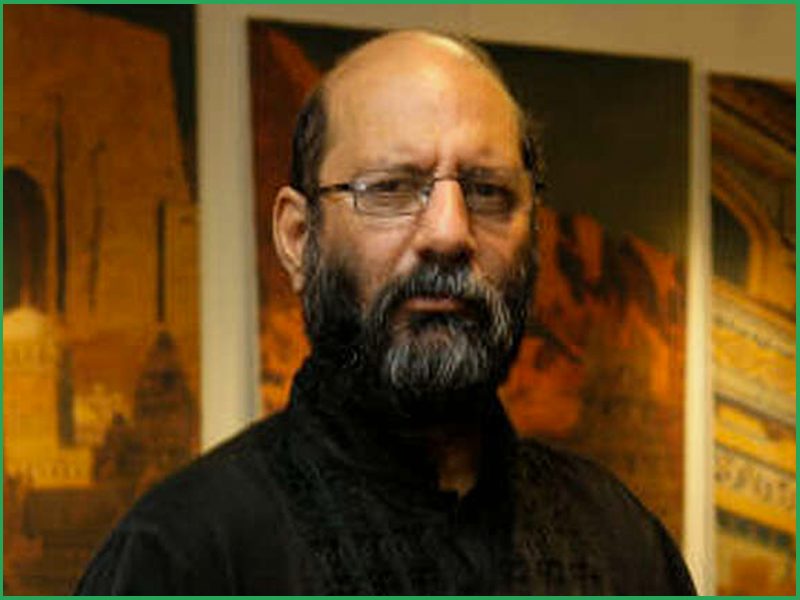
Jimmy Engineer, born in August 1954 in Loralai, Balochistan, is a Pakistani artist, social worker, philanthropist, and stamp designer. He is a Zoroastrian and comes from a family of engineers, following the Zoroastrian tradition of taking the family name “Engineer.” After completing his early education at St. Anthony’s High School, he studied at the National College of Arts in Lahore. Then he moved to Karachi, where he is currently based. Engineer is a strong believer in the teachings of Sufis, Data Ganj Bakhsh, and Barkat Ali. As an artist, he has created over 2000 paintings, 1000 calligraphies, and 20,000 prints displayed in collections worldwide. His notable works include a painting depicting the independence of Pakistan at the National Art Gallery in Islamabad. His art has a way of speaking for itself. He has also designed stamps, including a 2000 series celebrating Pakistan’s independence. In 2009, he was named an honorary citizen of Houston, Texas, by the US Government. Also, learn more about our the best Urdu Font Families that offers versatility with their various weights.
| Category | Information |
| Name | Jimmy Engineer |
| Date of Birth | August 1954 |
| Age | 69 |
| Nationality | Pakistani |
| Place of Birth | Loralai, Balochistan, Pakistan |
| Occupations | Artist, Social Worker, Philanthropist, Stamp Designer |
| Notable Works | Over 3,000 paintings, 1,000 calligraphies, and numerous prints |
Bottom Line
A language is the heritage of its culture; it displays its values in a unique manner. However, efforts are required to preserve and make a language flourish; otherwise, languages and cultures die. Over the course of years, we have seen many writers, artists, and calligraphers showcasing their love and fondness for their mother tongue by devoting their lives to nurturing it. Just like any other language, the legacy of Urdu calligraphy continues to thrive through the remarkable contributions of these talented Urdu calligraphic artists who have dedicated their whole lives to preserving and introducing it to new horizons. These esteemed personalities not only saved Urdu eternally with their art but showed the world its true richness. They paved the way for generations to come, ensuring that the beauty of Urdu script continues to adorn not only our walls but also our digital screens.


